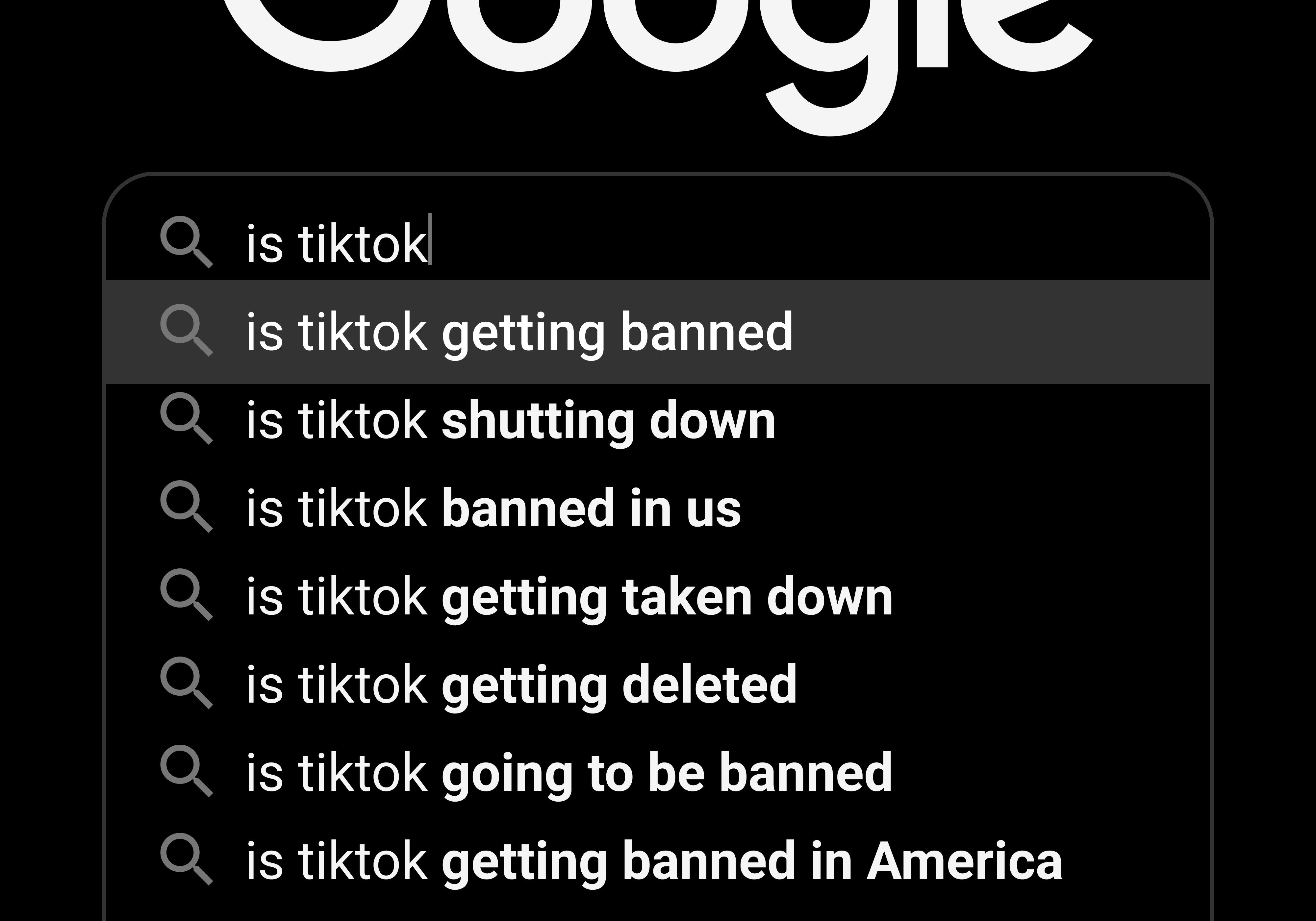Exploring Digital Education: Unlocking Advantages of Online Learning
In the modern day and age, people may argue that using pen and paper is as quaint as a horse and buggy, and they'd have a point! With technological advancements happening every day, old-fashioned classroom learning is being swept away by a newer, shinier alternative: virtual learning. This educational revolution uses EdTech to revolutionize the way folks get educated. In fact, a recent U.S. study found that 81% of college students felt that digital learning technologies helped them improve their grades[3].
So, let's dive into understanding virtual learning and its highlights without further ado.
🡒 Here's the Scoop on Virtual Learning
🔶Virtual Learning Meaning
In simple terms, virtual learning is the process of using technology to provide instruction and educational materials. It relies on e-learning tools to keep learners engaged and has communication between educators and learners done through video conferences, forums, and instant messaging.
🔶What is a Virtual Learning Environment (VLE)?
A VLE is the digital platform where educators and learners exchange and share educational material, designed specifically for educational purposes. The virtual aspect signifies the online networking of users' computers[4].
🔶Virtual Learning vs Remote Learning: The Difference Explained
Imagine young Tom going to school every day, but a building fire forces him to stay home. To keep education flowing, the school moves classes online, using video conferencing tools to teach students remotely. This setup is called remote learning, where the emphasis is on quick adaptation and minimizing real-time technological investment.
If schools choose to embrace virtual learning right from the get-go, students might attend online-only classes or a hybrid blend of virtual and in-person learning, known as hybrid learning. The courses in virtual learning environments are designed to be fully functional within a purely digital environment, using various authoring tools and educational materials[5].
Here are some points that distinguish virtual and remote learning[4]:
- Financial Investment: Virtual learning invests more in the production of courses, IT systems, educational materials, and software, requiring constant updates and improvements. Remote learning, on the other hand, focuses more on the software for its implementation.
- Execution: Virtual learning generally takes place entirely online, with limited or no real-life interaction. Remote learning may complement face-to-face education or act as a temporary solution during emergencies.
- Impact on learners: Virtual learning requires students to be familiar with hardware and software requirements, while remote learning's implementation may necessitate school support for less tech-savvy students.
🔶Types of Virtual Learning
Virtual learning environments can be broadly categorized into three types, depending on the level of interaction between learners and educators[5]:
- Synchronous Learning: In this setup, both educators and learners interact in real-time through video conferences or audio chats.
- Asynchronous Learning: Education happens through pre-recorded lectures and assignments, and interactions occur through forums and discussion boards.
- Hybrid Learning: This type of learning combines in-person interaction with online learning, using digital tools to supplement in-class learning experiences.
🔶Characteristics of a Virtual Learning Environment (VLE)
A well-designed VLE should have features like[3]:
- Personalized learning experiences
- Video conferencing software for interaction
- Video recording for keeping live lectures for future reference and easy access
- Participation control options, such as muting and unmuting participants, and allowing them to virtually raise hands
- Chat and instant messaging options
- Digital whiteboard for interactive classes
- End-to-end encryption for securing the learning environment
- Assessment tools for tracking student progress
- Data tracking for keeping a record of learners' grades and reviewing their performance
- Notification and alerts for the educators to stay updated on submissions and messages, and for students to be reminded before deadlines.
🔶Benefits of Virtual Learning
Some advantages of virtual learning include[3]:
- Personalized learning experiences
- Cost savings for learners and educational institutions
- Developing tech skills
- Quick feedback on assignments
- Flexibility in learning schedules
- Greater access to a global learning community
- Helping shy students feel more comfortable participating
- Improved learning efficiency for self-paced learners.
🔶Top Virtual Learning Software & Tools
Making the most out of virtual learning can be aided by using the following top software and tools:
- Google Classroom Google’s free learning platform connects teachers and students for sharing assignments, educational materials, and grades.
- Learn Cube This award-winning virtual classroom software can be customized to match your brand and is suitable for teaching, tutoring, and training purposes. No need for downloading or training!
- BigBlueButton BigBlueButton offers free, open-source video conferencing and webinar capabilities. It can be integrated with Learning Management Systems (LMSs) and third-party applications.
- Adobe Connect Adobe Connect is designed for delivering remote training, webinars, and online meetings. It offers customized content creation, video recording, feedback collection, and more.
- ClassIn A comprehensive software offering an interactive blackboard, teaching tools, breakout rooms, attendance tracking, and collaboration features.
- our website A versatile platform for sharing educational material in an interactive, creative way, and for integrating ebooks with various Learning Management Systems (LMSs).
- Articulate Storyline 360 This user-friendly tool helps in the creation of interactive courses, with features like responsive designs, team collaboration, and simplicity for first-time designers.
- Camtasia Camtasia offers powerful tools for creating professional videos, suitable for recording lessons, webinars, and other educational content.
- ITyStudio ITyStudio allows the creation of e-learning games, enhancing the learning experience and offering alternative assessment methods.
- Zoom Zoom is renowned for its video conferencing capabilities, offering a special education plan for hybrid and remote learning environments.
🏁 Wrapping Things Up
In the 21st century, in-person classroom education is becoming passé. Virtual learning is rapidly becoming the future of education, offering numerous benefits and advantages over traditional learning methods[1]. Adapting to and embracing this new learning paradigm can be the key to unlocking endless opportunities and gaining access to a wealth of educational resources[1].
Sources:[1] What is Distance Learning and Why is It Important Now?[2] 5 Ways Generation Z Can Benefit from M-Learning[3] 6 Reasons Why Universities Need Elearning Programs[4] LMS vs VLE: What’s the difference?[5] Types of Virtual Learning Environments (VLEs) - Synchronous, Asynchronous, and Hybrid Learning[6] Top 7 Virtual Classroom Software for Training and E-Learning[7] What is virtual learning and why is it important in education?
- In this digital age, traditional pen and paper learning is being challenged by the emergence of virtual learning.
- Virtual learning is a method that utilizes technology to provide instruction and educational materials, relying on e-learning tools for engagement and communication through video conferences, forums, and instant messaging.
- A Virtual Learning Environment (VLE) is the platform where educators and learners exchange and share educational material, designed specifically for educational purposes, with the 'virtual' aspect representing the online networking of users' computers.
- Virtual learning is distinct from remote learning, as the latter is a temporary solution during emergencies, while virtual learning is a long-term alternative with courses designed to be functional within a digital environment.
- The benefits of virtual learning include personalized learning experiences, cost savings for both learners and institutions, development of tech skills, quick assignment feedback, schedule flexibility, access to a global learning community, and improved learning efficiency for self-paced learners.
- Some popular virtual learning tools include Google Classroom, Learn Cube, BigBlueButton, Adobe Connect, ClassIn, our website, Articulate Storyline 360, Camtasia, ITyStudio, and Zoom.





